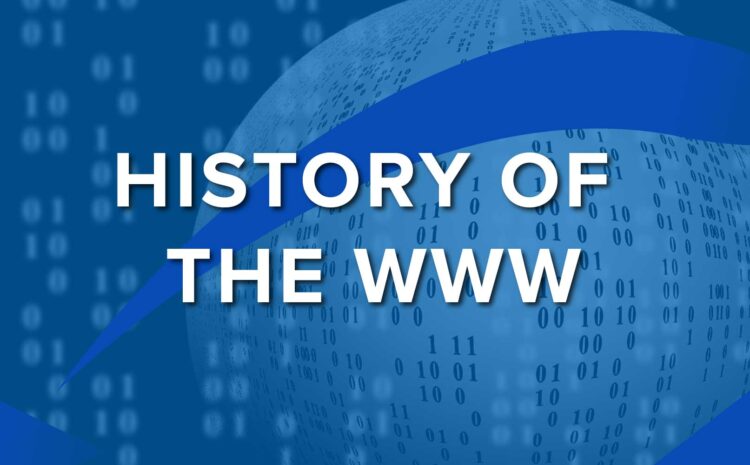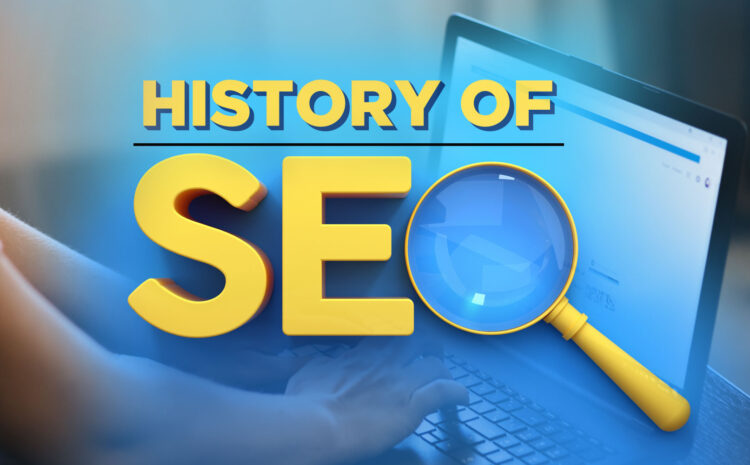Hello and welcome to another “History of” post! Today, we’ll look at social media. We hope you uncover some fascinating facts that you were unaware of previously. Let’s get this party started.
Social media users make up over 48% of the population, with over 3.78 billion users. Radio and print have faded slowly, only to be supplanted by social media. It has completely changed how we communicate, connect, and interact with our environment.
What is social media?
Social media is any online communication platform that allows you to communicate with consumers and exchange information in real-time. Social media marketing has evolved into an essential component of digital marketing. We’re celebrating Social Media Month in June, so be sure you’re around for that! It’s not June yet though, so let’s use this time to take a deeper look at the origins of social media.
History of Social Media: Old and New
How did it all begin?
Organizations have been attempting to create ways for computers to speak with one another since the 1970s. However, it wasn’t until the 1980s that computers became increasingly ubiquitous, paving the way for the birth of social media. The debut of blogging in the 1990s had a significant role in ushering in the new social media era, because it was a unique way to reach people who wanted to read what you had to say.
The notion that one could jot down what was on their computer screens—and have other people read those notes—sparked the need for blogs that were more personal and social media accounts so readers could connect with those writers.
History of Modern Social Media
After the first supercomputers were built in the 1940s, scientists and engineers began to work on ways to connect computers. The original incarnations of the internet, such as CompuServe, were developed in the 1960s, but by the 1970s, networking technology had advanced, and UseNet, which debuted in 1979, allowed users to connect via a virtual newsletter.
Home computers were becoming more popular in the 1980s, and social media was getting more advanced. Internet relay conversations, or IRCs, were initially used in 1988 and were popular long into the 1990s.
SixDegrees.com is one of the first social media sites founded by Andrew Weinreich in 1997. It allowed you to set up a profile page, create connection lists, and send messages within networks. Until it was bought, the site was used by over a million people. Then it crashed.
After the invention of blogging on LinkNet, social media became a huge part of our daily lives, and in 1999, Blogger debuted, opening up the possibility of owning a blog space to millions more. Sites like Friendster, Myspace, and LinkedIn then gained prominence in the early 2000s. Then YouTube debuted in 2005, ushering in a completely new method for people to interact.
In 2014, Orkut marked the end of a 10-year-old journey. Google tried to buy a then-successful social network Friendster but failed, and Google then built and released Orkut in January 2004, only one month before Facebook.
Facebook and Twitter were both available to people all around the world by 2006. Today, there is a tremendous variety of social networking sites, and many can be linked. This creates an atmosphere in which users may reach the greatest number of individuals while retaining the closeness of face-to-face connection.
Social networking allows users to reach the maximum number of people without sacrificing the intimacy of person-to-person communication. We can only speculate about what the future of social media may look like in a decade, or even 100 years from now. However, it appears that it will continue to exist in some form for as long as people are alive.
Final Thoughts
According to Safko, social media will continue to evolve along the same lines, with less membership commitment and involvement, greater PPC costs, and even more dispersed audiences. Social internet saved young people from having to learn how to engage with people who had opposing viewpoints.
Do we know where we’ll be in ten years? No, but we’re hedging bets social media will move into the realm of virtual reality with companies like Meta and Microsoft at the helm. If you’d like to know more, be sure and check out our series on the Metaverse. If you’re interested in the history of Java or other IT things, be sure and read our other “History of” posts! As always, thanks for reading, and we’ll see you next time!
Metaverse a GameChanger
Without any doubt, I can say Facebook’s name has been changed to Meta. The firm is working on several innovative virtual and augmented reality products. This is a significant bet on the web’s future, with the potential to alter the social media landscape. It will also benefit companies that will be able to expand their reach and visibility.
Influencer Market will grow
As I mentioned earlier social media trends blogs Influencer marketing is expected to reach $13.8 billion in 2021. B2B brands can still embrace influencers in light of current trends. Influencer marketing efforts add a personal touch to the product, making it more relevant to the end-user.
LinkedIn will become a top social networking platform
LinkedIn continues to be a growing digital star. India is the second-largest market in terms of members after the United States. Since the pandemic, the members’ base has expanded by more than 20 million (15 percent). Participation and discussion on the site have skyrocketed. This will continue to be an excellent approach for businesses to reach out to their target audience.
Instagram World
Instagram, which debuted in 2010, is one of the Big Three social media platforms. Users may share photographs and videos, edit them with numerous effects, and arrange them using location and hashtags. The feed is Instagram’s equivalent of Facebook’s newsfeed.
Instagram Stories, which enable users to share photographs and videos that disappear after 24 hours, was also introduced.

 Linkedin
Linkedin


